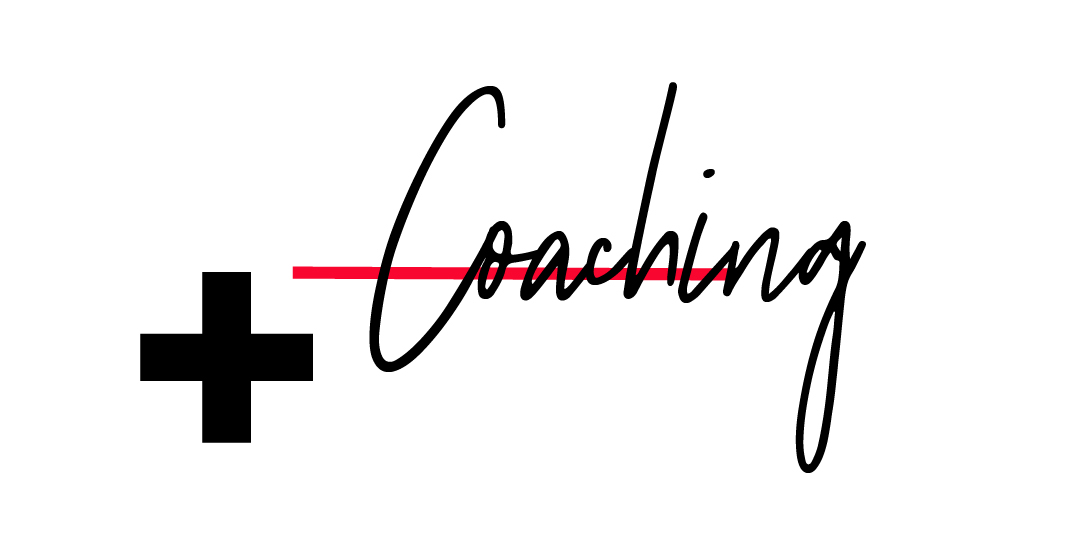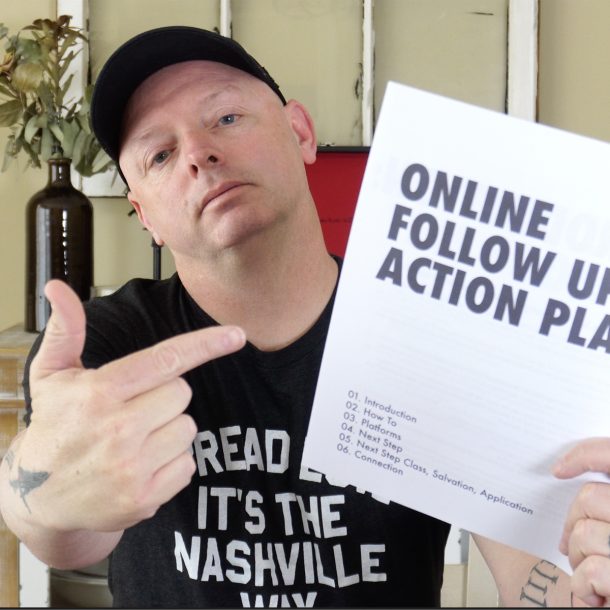We are creative. No secret there. But, have we ever taken the time to process how our creativity actually works? In a recent article on the development of creative plans, the Harvard Business Review developed the “Essential Five-Step Processes For Creativity”:
1. Identification –
What is the problem?
How do we define the problem?
What is the data that surrounds this problem that will allow us to be our creative best?
Are there alternative methods, messages, or ideas around this problem?
In the identification stage, creative people thrive because we’re able to move more nimbly through the data, collect better data – due to the approaches and lens from which we view the issues. We offer uncommon and not normal view points of the problem and approach the issues far different than those who are more rationally wired.
2. Mapping –
The process of consciously and unconsciously connecting thoughts, related or otherwise. This is where our ideas are born. We pull on experience, history, imagery, and imagination to attempt to find commonality and connections between things that may not naturally connect. The more obscure these things are, the more creative we become.
3. Connecting –
The moment where the connections begin to galvanize. This is where the equation begins to make sense and the pieces of our creative plan start to come together.
4. Evaluation –
The attempt to grade and prioritize the ideas. Will these ideas work? Are they good enough to solve the problem? Do they have holes or potential error zones that will cause new problems?
5. Improvement –
This stage separates the professionals from the weekend warriors. The more creative, innovative, or inventive the artist, the more time they spend in this stage. Repeating, editing, refining, and sometimes scrapping and returning to stage 1 in order to ensure the best idea – the idea that uniquely solves our problem, when possible, like no one else has thought of before and without imitation.
Once we have mapped how we actually come up with ideas, it can help us become better at being our creative best.





I do, but the problem is that I typically try to jump from “Identification” directly to “Connecting” without mapping anything out & it only leads to frustration when things aren’t coming together the way I think they should.
I dig the outline. I do think, however, I do see that there perhaps is a hole in it. Creatives thrive on the “why” not just the “what” which is opposite to the management theory that is standard. “What is the problem?” To truly have a creative environment, there needs to be freedom to ask and attempt to answer this: “Why do we even have a problem?”
Values drive the best creativity, in my opinion. With that being said, this is a great management flow for us creatives. I can see how parts of this would be more or less collaborative, depending on the situation.
Thanks for being generous and sharing stuff like this.
RK
Rich,
Love your comment. I could not agree more, WHY is a driver. Often we can’t as why until we know what we are talking about. Why we have a problem is a leadership trait that creatives carry for sure. Why we have the problem then leads us to what do we do about this problem. Don’t you think?
Values do drive creativity and values coupled with vision make creativity flourish.
Love the conversations.
I’m not that much of a online rdaeer to be honest but your blogs really nice, keep it up! I’ll go ahead and bookmark your website to come back in the future. Many thanksVA:F [1.9.11_1134]please wait…VA:F [1.9.11_1134](from 0 votes)